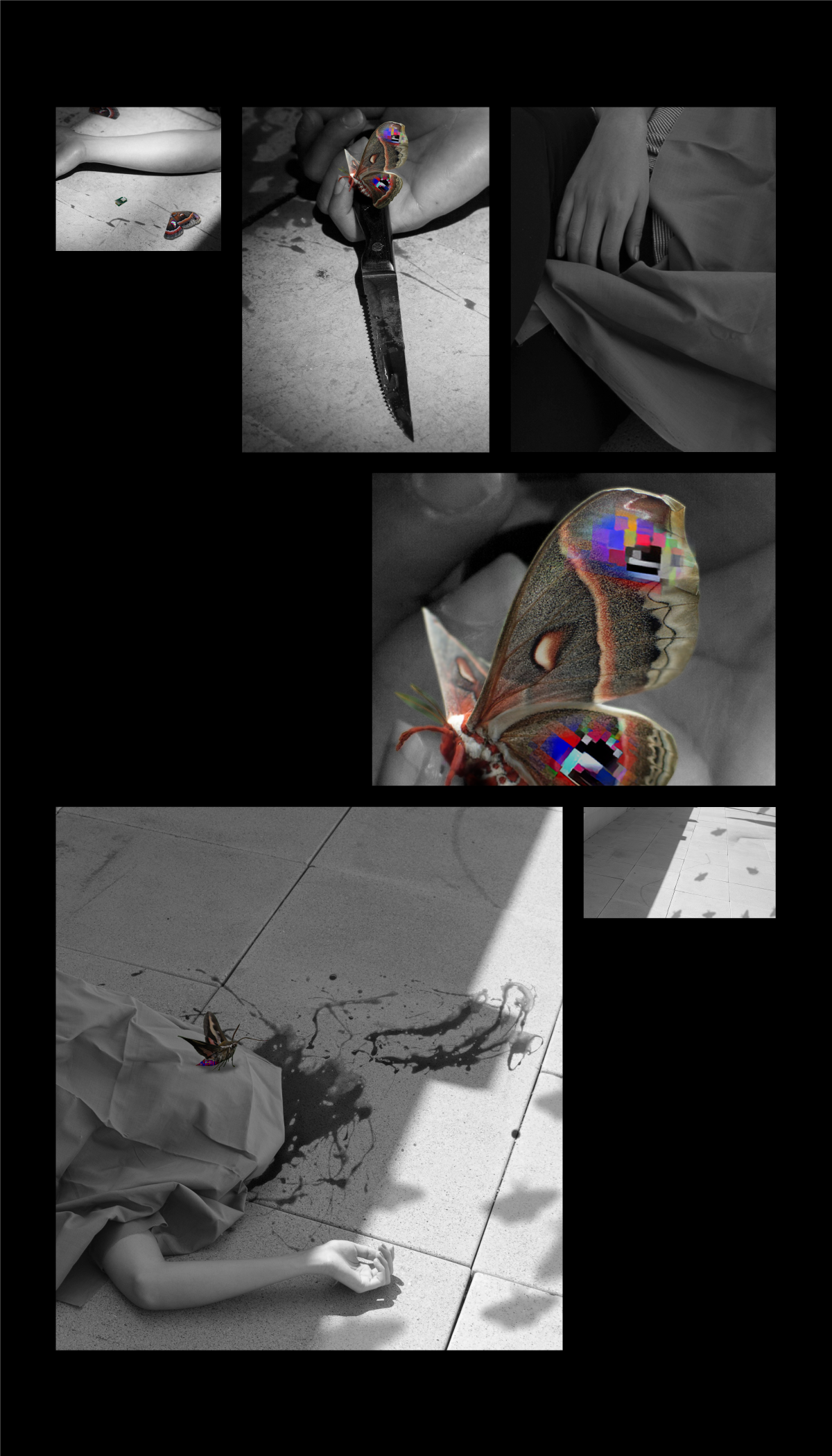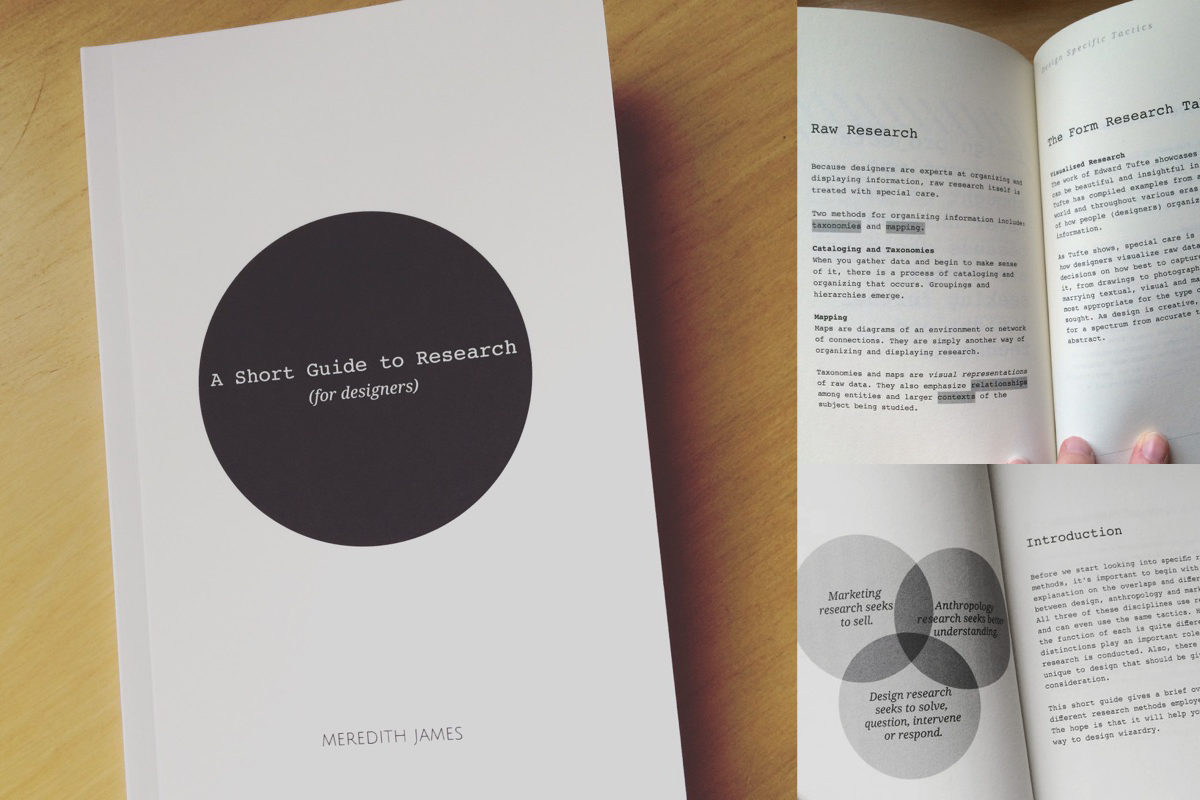Heather Snyder-Quinn
Professional Lecturer
DePaul University
College of Computing and Digital Media
School of Design
Educators are often frustrated with students’ constant attachment to their smartphones. But why do we assume the smartphone isn’t a creative tool akin to a pencil or brush—a simple way of seeing and interpreting the world around us?
As the world of design vacillates forever between the digital and analog, it’s imperative that students (and educators) understand an ever-expanding array of principles. In the words of Seymour Papert: “The role of the teacher is to create the conditions for invention rather than provide ready-made knowledge.” And as classroom content grows, the best thing we can teach students is how to be adaptive and curious thinkers.
Students can best embrace uncertainty and find comfort in a process of discovery by exploring and pushing the boundaries of the familiar. This is where the phone excels as a teaching tool. Analogous to the way a drawing teacher encourages mark-making with a branch or one’s foot, we can use a smartphone’s features in unintended ways that harness its power as a creative tool by altering our own expectations.
The smartphone is a device that most students have as an extension of their hand (though we must be vigilant of our own assumptions from privilege). Once students learn to use the smartphone in unintended and perceptively novel ways, they can extend this method to both past technologies and those yet to be imagined. By having students hack, make, and create in this manner, we are teaching them to think beyond the hand and machine, to the tool that has not yet been discovered.
Lastly, by exploring/investigating the capabilities of, and ever-present reliance upon our smartphones, we can raise awareness and open the classroom conversation to discuss ethical implications in design, including privilege, accessibility, inclusion, privacy and addiction.
This research was presented at the Design Incubation Colloquium 4.2: CAA 2018 Conference Los Angeles on February 24, 2018.







